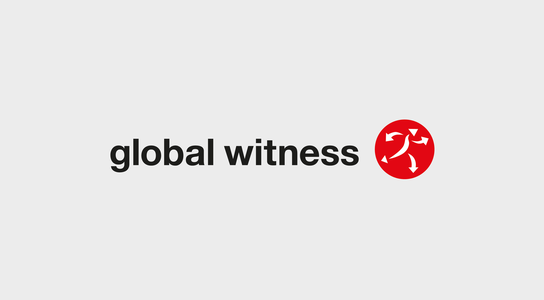The twelve months up to July 2020 were the worst in over a decade for deforestation in the Brazilian Amazon. An estimated 11,000km2 of primary forest was cleared between August 2019 and July 2020 — not since 2008 has the rate of clearance been so high. 11,000km2 is equivalent to an area 14 times the size of New York City.
New data released at the end of last year by PRODES — a satellite monitoring project run by the Brazilian government which detects signs of clear cutting in the Amazon — shows that deforestation rose by an estimated 9.5% compared to the previous twelve months.
The data also shows that the Amazon state of Pará is a major hotspot for deforestation, accounting for almost 50% of the 2020 total. According to data from Global Forest Watch, Pará had the second largest area of forest cover of all Brazilian states in 2010 which accounts in part for its role in the national deforestation rate.
Pará is also reported to have the largest cattle herd in the whole of the Amazon and it’s also one of the region’s major sources of live cattle exports. Cattle ranching is a major driver of deforestation in the Amazon and is estimated to account for 70% of the use of cleared lands. At the end of last year we published a report looking at how Brazilian beef companies JBS, Marfrig and Minerva were all implicated in sourcing cattle from ranches engaged with illegal deforestation in Pará despite their legal and voluntary commitments.
Despite having seen a major decline in the 2000s, deforestation rates in the Brazilian Amazon have sky-rocketed since Jair Bolsanoro assumed the presidency in January 2019. Under his government funding for forest conservation and environmental law enforcement has been cut. It is also in the process of rolling back protections for indigenous lands, undermining vital efforts to preserve the forests. In the wake of this, deforestation rates across the whole Amazon have gone up almost 50% and in Pará the rate of clearance has almost doubled. The COVID-19 pandemic, which has hit Brazil's Amazonas state particularly hard — may have also created conditions that make it harder for communities, NGOs and others to identify, and raise the alarm against, deforestation.
Protecting and restoring tropical forests such as the Amazon is widely recognised as a key strategy for mitigating catastrophic climate breakdown. However, recent research has highlighted the risk of the Amazon reaching a tipping point as a result of fires and deforestation which would lead the remaining intact forest to dry out and, in the process, release billions of tonnes of carbon dioxide into the atmosphere.
The accelerated pace at which the Amazon is continuing to be destroyed through 2020 only underscores the need for urgent action if we are to avert climate breakdown. It is not only importers of forest-risk commodities, like illegally-sourced Brazilian beef, that need to change their behaviour. As our recent investigation highlighted, major Western financial institutions such as Barclays, Morgan Stanley, HSBC and Santander play a major role in financing some of the worst offenders in the beef industry.
Global Witness is calling on governments around the world to end the complicity of companies and financial institutions in the destruction of the Amazon by requiring them to address the risk of deforestation in their supply chains and financing.


